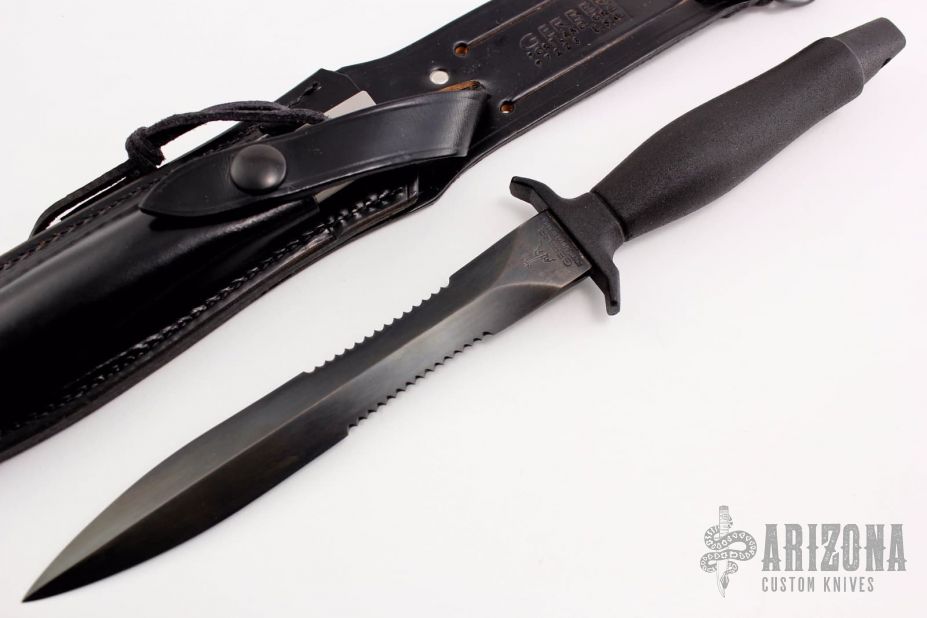
In a time of turmoil and war, this knife was born of unparalleled attention to the survival and combat needs it was designed to serve. In 1966, Gerber introduced the Mark II fixed blade and the rest, as they say, is history. Some knives were simply built to stand the test of time, bridging the gap between applauded and legendary. Mark II fixed blade knife by gerber TIME-TESTED ICON Почта России / Russian Post - Mail Delivery Urgent Cargus - Delivery to an address in RomaniaįAN Courier - Delivery to an address in Romania Γενική Ταχυδρομική / Geniki Taxidromiki GreeceĪustrian Post - Delivery to an address in Austria Почта России / Russian Post - Express Delivery Overseas Express - Delivery to the address Packeta.ro - Delivery to an address in Romania Packeta.hu - Delivery to an address in Hungary ISBN 978-0-87341-389-3.Transport services - Delivery to an address in Germany
#Gerber mark i manual
Hit Man: A Technical Manual for Independent Contractors. Battle Blades: A Professional's Guide to Combat/Fighting Knives.

The Mark I had a 4.75 inch (12 cm) blade and was marketed as a boot knife. Gerber manufactured a scaled down version of the Mark II known as the Mark I.

Al Mar, then working for Gerber as a knife designer, added the sawtooth serrations toward the hilt, marketing the knife as a "survival aid", making it more appealing to the PX System, which resumed selling the Mark II as a survival knife, rather than a fighting knife. In the 1970s, the military's base/post exchanges discontinued selling these knives, reasoning that they were "not in good taste" or "too brutal".

This design feature led to a significant number of knives being returned by users for having a "bent blade", so Gerber discontinued that element on subsequent production runs. Use ĭuring the Vietnam War, the first production run of this knife had a five degree offset between the blade and the grip in order to ride in the sheath more comfortably, and give the user a grip similar to that of a fencing foil.
#Gerber mark i how to
The MK II was the suggested blade in Paladin Press's controversial how to book, Hit Man: A Technical Manual for Independent Contractors. The Mark II was commonly carried by troops for the United States in the Vietnam War, and was second only to the Ka-Bar knife in fame.

It has a distinctive look similar to that of the Fairbairn-Sykes Fighting Knife developed during World War II for the British Commandos. At 12.75 inches (32.39 cm) long it has a 6.5 inch (16.5 cm) 420 HHC stainless steel double edged spear point wasp-waisted blade, weighs 8 ounces, and has a die cast aluminum handle.


 0 kommentar(er)
0 kommentar(er)
